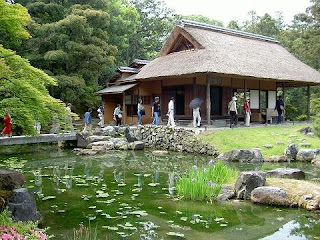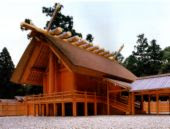



It is a person of spinning, the former house of first Kunizo Hayashi (the pile カ forest spinning place) which got the basis of the spinning business development of Okaya. A detached room European-style building and the tea-ceremony room where I was able to gain the favor of are made to one ridge to devise a central room and the Western style technology that tradition architecture shines in and have you enjoy a solid, gorgeous atmosphere. Art of the West decoration, the Japanese-style room where wall paper called "the money color-printed paper of the illusion" is set up around and the carved wooden panel above paper sliding door sculpture which the skill of Takumi was loaded with are unmissable.
394-0043 location 〒 Mikuracho, Okaya-shi, Nagano 2-20TEL: 0266-22-2330



























